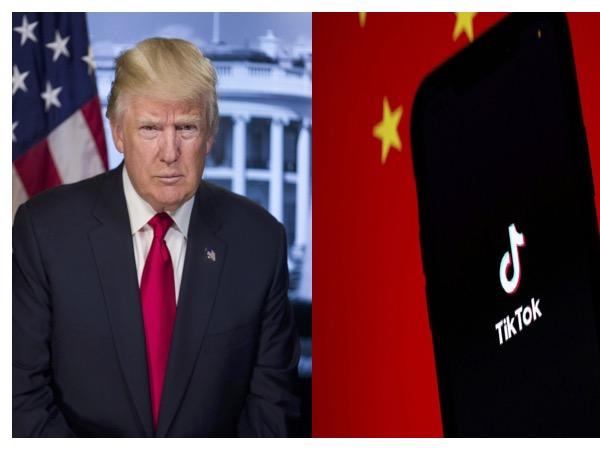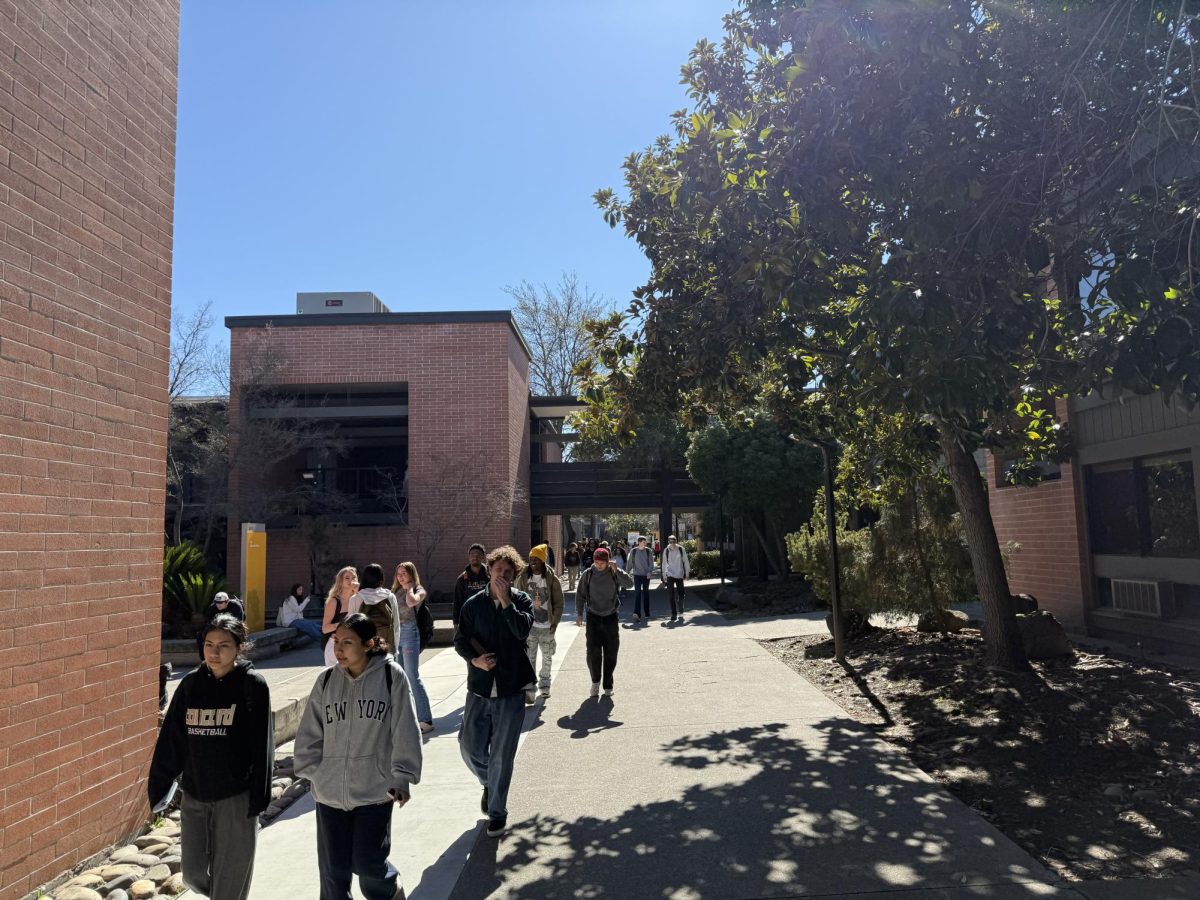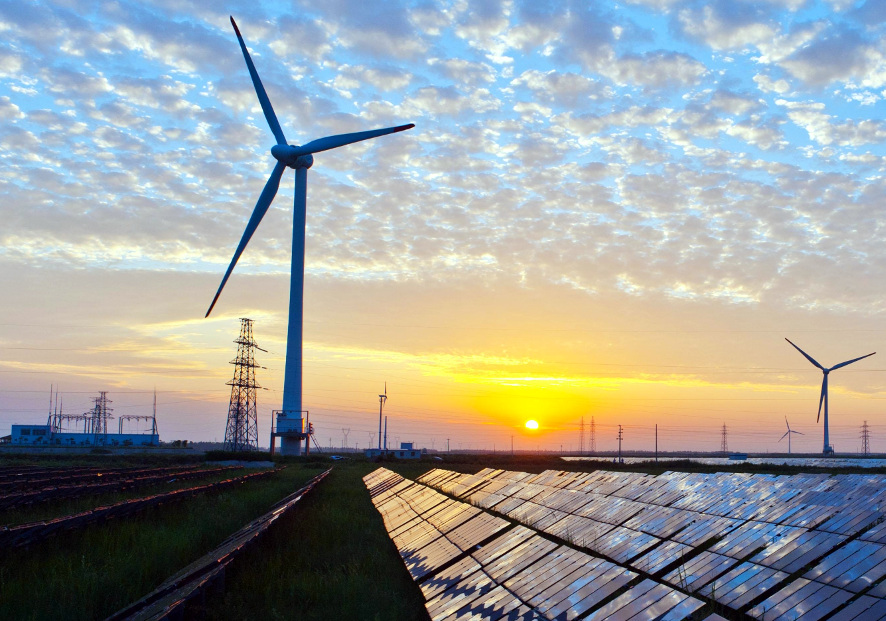What A Just Transition Would Look Like: Experts Discuss Reaching Climate Goals While Ensuring Justice for Impacted Communities
November 17, 2021
In order to reach sustainable climate goals, the world will need to achieve carbon neutrality by 2030, according to scientists. But at the current rate of emissions, we won’t reach this goal until 2045 – a fact that Ellie Cohen, CEO of the Northern California non-profit The Climate Center, made clear during a webinar entitled “Learning About a Just Transition,” which took place Oct. 28 in the run-up to the COP26 climate conference held in Glasgow.
Participants on the panel spoke about the importance of not only preparing for an energy transition to combat climate change, but also taking a comprehensive approach to ensure the protection of those populations that are most impacted by the changes.
Cohen introduced an effort known as Climate Safe California, which she said The Climate Center will be leading. According to Cohen, humanity needs to speed up the energy transition in order to achieve carbon neutrality by 2030.
To do this, she said, we need to work towards new policies, like accelerating the phaseout of fossil fuel development, production and use; funding climate action and sequestration; and investing in community resilience.
According to Veronica Wilson, a member of Labor Network for Sustainability (LNS), an organization that advocates for labor and environmental issues, “In California today, we are already studying [a] just transition,” with aggressive climate action taking place across the state.
“We are seeing policy, for example, in Governor Newsom’s Climate Crisis executive order of 2020,” which sought to achieve the goal of protecting 30 percent of California’s lands and waters by 2030, said Wilson. Because of these policies and Climate Safe California, people globally are looking to California to chart a cleaner future and an easier energy transition.
Not only should there be change for the energy sector, said LNS Executive Director Micheal Leon Guerrero, but also justice for the families and communities who are impacted by climate disruptions. “Workers and communities have too often been left behind and their environments devastated,” Guerrero said.
Guerrero said his group’s mission is to simultaneously “secure an ecologically sustainable and economically just future where everyone can make a living on a living planet,” adding that society is still largely unprepared for these transitions.
Vivian Price, a professor of interdisciplinary studies at California State University, Dominguez Hills, in Carson, Calif., and co-author of the Just Transition Listening Project, explained the importance of listening to people who are impacted by the transitions. More than 100 workers and community leaders across 26 states were interviewed for the project.
“We heard from people who were involved,” said Price, and the process helped her and other researchers plan more equitable steps forward. “Transitions are constant and inevitable. Past transitions have been unnecessarily unjust.”
Price said the first strategy to achieve an equitable transition is to “Go Big” by looking directly at the impact the transition is having on workers and communities, and measuring that against how well the federal government is providing funding and programs.
The next step is to “Go Wide” by involving unions, workers and communities in the transition. Finally, “Go Far” leans towards a long-term commitment and investment in communities where the transitions are being most sharply felt.
In relation to policy making, Price also made several recommendations, stating that there should be “dedicated and robust funding in place” to help strengthen the process. According to Price, policymakers also need to support better protections for workers.
She said that workers are afraid of making the transition to a clean energy economy and that strong government policies could include wage replacement, alternative and comparable employment, health insurance coverage, relocation support, childcare, pension, and retirement contributions.
Also in the webinar, Hunter Stern, assistant business manager for the International Brotherhood of Electrical Workers Local 1245, presented a case study about PG&E’s decision to discontinue service with a historic power plant at Diablo Canyon.
After raising the percentage of renewable energy resources in its portfolio, PG&E decided that Diablo Canyon was “no longer economically viable,” according to Stern. This meant that PG&E would not re-license the power plant, which would affect the current workforce.
To ensure justice for the workers, IBEW Local 1245 teamed up with PG&E, a coalition of utility workers in California, and three environmental groups, which decided in 2016 to begin the process of shutting down Diablo Canyon. Their agreement ensured that the plant workers would have jobs until its closure, as well as an opportunity for paid leave and the ability to search for new work.
But in late 2017, the California Public Utilities Commission (PUC) decided that only 65 percent of the funding to keep the plant running at full capacity until its closure would be approved. The team objected and proceeded to push then-Governor Jerry Brown to sign a bill to reverse the PUC’s decision.
The case study showed the importance of a just transition, said Stern, because “the community, the group, is the strength here.”









































































